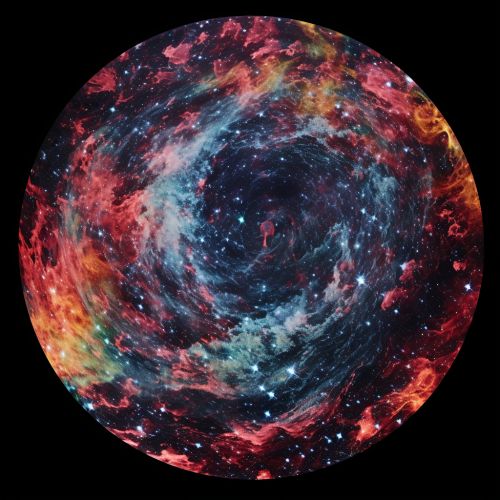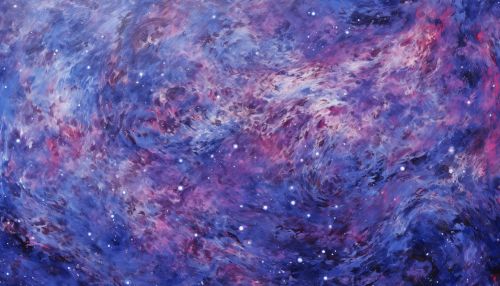Cosmic Microwave Background
Introduction
The Cosmic Microwave Background (CMB) is the thermal radiation left over from the time of recombination in Big Bang cosmology. It is an important source of data on the early universe because it is the oldest electromagnetic radiation in the universe, dating to the epoch of recombination.
Discovery
The CMB was accidentally discovered in 1965 by American radio astronomers Arno Penzias and Robert Wilson, who were awarded the 1978 Nobel Prize in Physics for their discovery. Their work ruled out several competing physical cosmologies and led to the acceptance of the Big Bang model.


Characteristics
The CMB has a thermal black body spectrum at a temperature of 2.72548±0.00057 K. The spectral radiance dEν/dν peaks at 160.23 GHz, in the microwave range of frequencies, corresponding to a photon energy of about 6.626 x 10^-4 eV. Detailed measurements of the CMB are critical to cosmology, since any proposed model of the universe must explain this radiation.
Anisotropies
The CMB is isotropic to roughly one part in 100,000: the root mean square variations are only 18 µK, after subtracting out a dipole anisotropy from the Doppler shift of the background radiation. The latter is caused by the motion of the Earth and Solar System relative to the CMB.
Cosmological implications
The study of the CMB has led to many important insights into the universe. It has been used to measure the Hubble constant, the density of the universe, and the cosmological constant. It has also provided evidence for dark matter and dark energy, and has been used to test theories of cosmic inflation.
